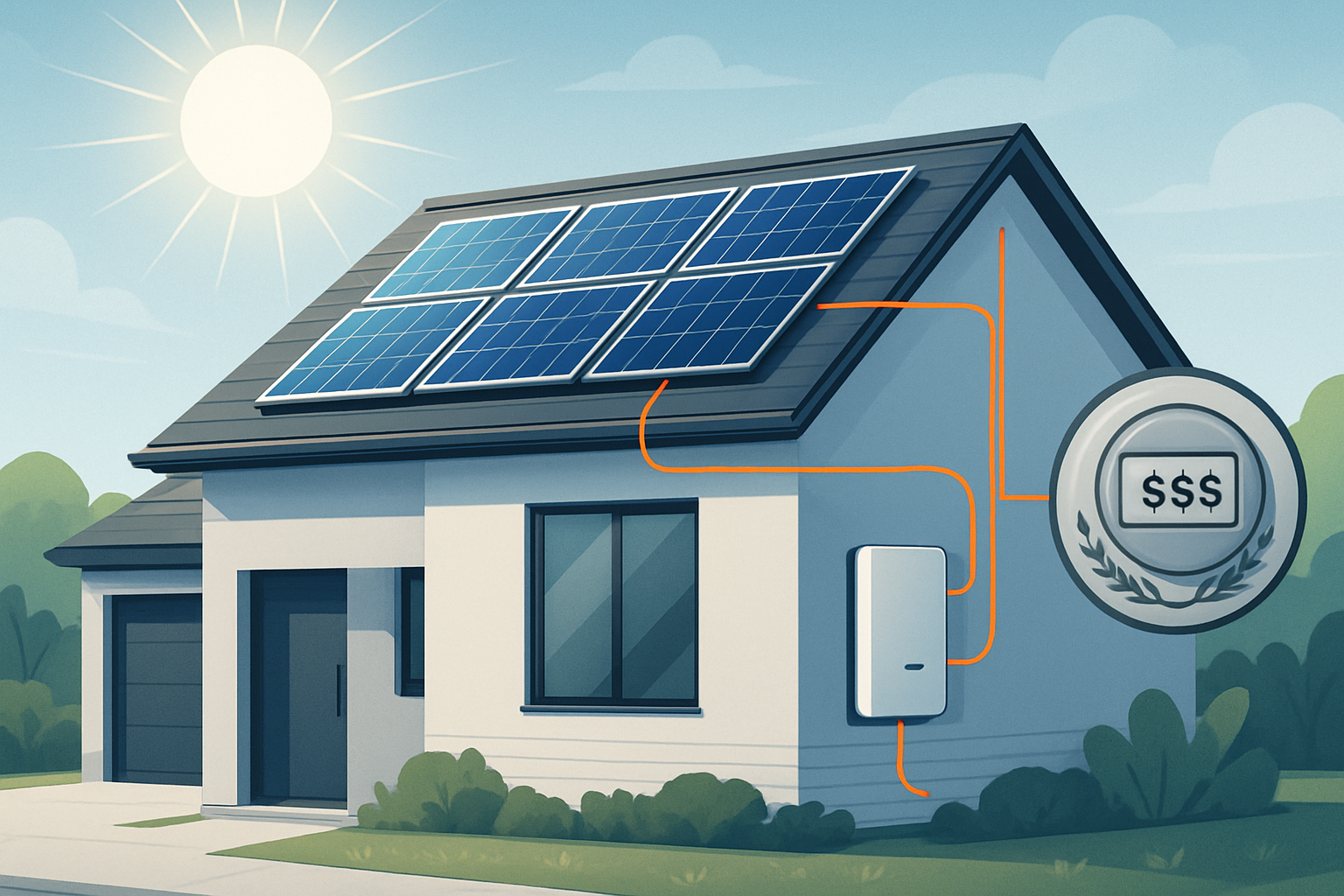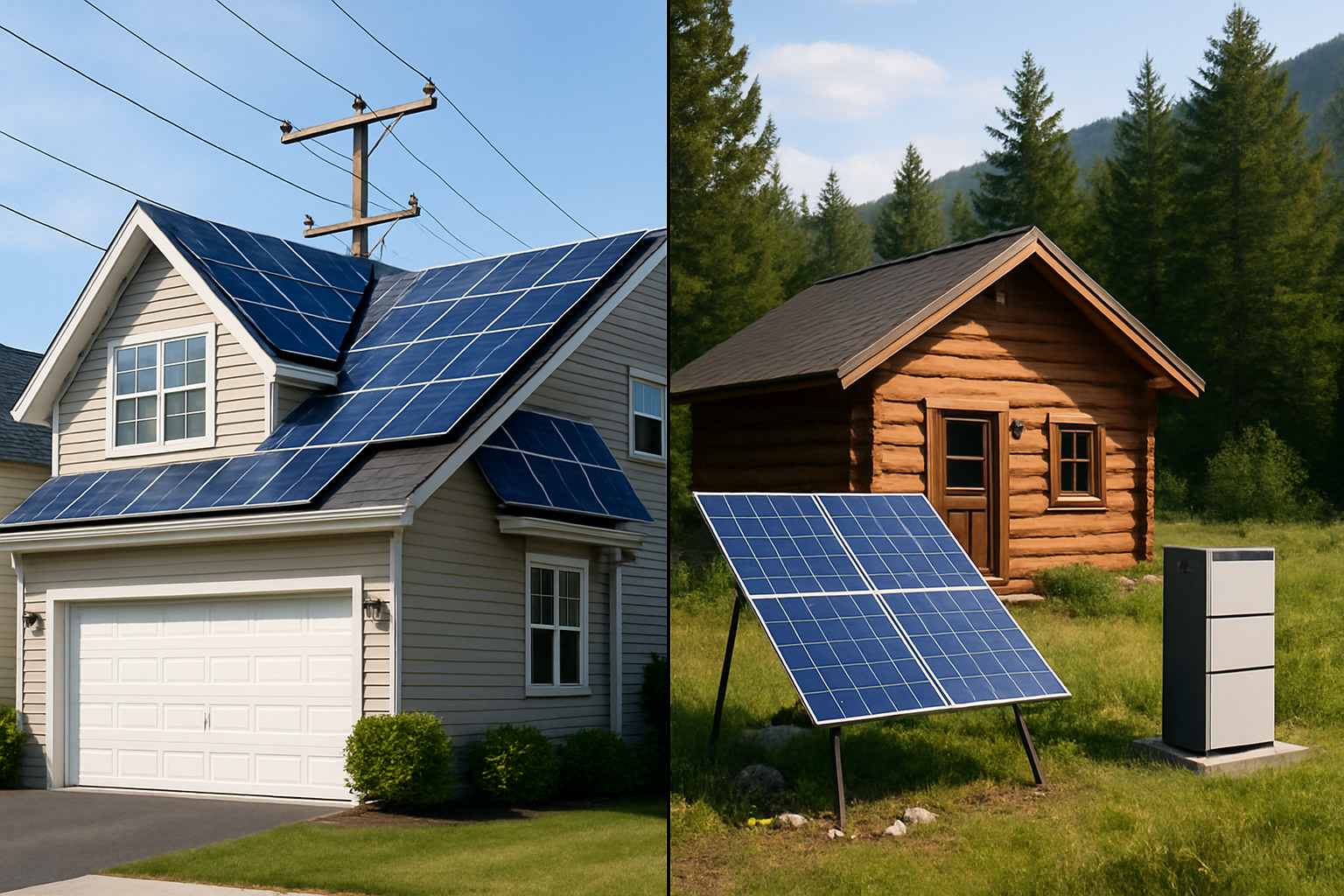Navigating the Solar Energy Landscape
The solar energy sector continues its dynamic evolution, offering increasingly accessible and efficient power solutions. For anyone considering solar adoption, understanding the financial aspects is crucial. This includes initial capital expenditure (CAPEX), ongoing operational and maintenance (O&M) costs, the levelized cost of electricity (LCOE), and the expected payback period for your investment. Our years of experience in the solar and energy storage industries, specializing in lithium battery manufacturing, energy storage systems (ESS), and integrated solutions, provide a valuable perspective on these evolving trends.
You gain clarity on the current cost structures and financial returns associated with solar and integrated energy storage systems. This helps you make informed decisions for your energy future.

Capital Expenditure (CAPEX) in Solar Projects
Capital expenditure, or CAPEX, represents the upfront investment required to install a solar energy system. This includes the cost of solar panels, inverters, mounting structures, wiring, and installation labor. Understanding CAPEX trends helps you gauge the initial financial commitment.
Tracking Initial Investment Trends
The cost of solar photovoltaic (PV) modules has seen significant fluctuations in recent years. While there was an increase in the cost of capital in various regions between Q1 2021 and Q4 2022, manufacturers' average selling prices have generally trended downwards over the longer term. For example, the average selling price for manufacturers in the world decreased from over 1.0 million USD/MW in 2017 to under 0.4 million USD/MW by 2022.
Technological advancements and manufacturing efficiencies play a significant role in these reductions. As a manufacturer of high-performance, safe, and reliable lithium iron phosphate (LiFePO4) batteries, we observe how integrated solutions reduce the complexity and cost of component sourcing for complete systems. This streamlined approach contributes to more optimized overall CAPEX for an entire energy system.
The Impact of System Integration
Beyond individual component costs, the integration of an entire system influences CAPEX. For instance, a household energy storage system that combines lithium batteries, a hybrid inverter, and solar panels offers a cohesive solution. This integrated design can lead to efficiencies in procurement and installation, potentially lowering the total installed cost compared to piecemeal acquisitions.
The U.S. Inflation Reduction Act (IRA) also provides tax credit extensions for solar PV and battery storage, offering financial support for clean power equipment manufacturing. Such policy frameworks can further reduce the effective CAPEX for consumers and businesses.
Operational and Maintenance (O&M) Costs
Operational and maintenance costs are the expenses incurred to keep a solar energy system running efficiently throughout its lifespan. These are crucial for calculating the true long-term cost of solar power.
Minimizing Ongoing Expenses
Typical O&M activities include cleaning panels, monitoring system performance, and addressing any necessary repairs or replacements. While solar PV systems are known for their low maintenance requirements, these costs still contribute to the overall cost of ownership. Factors such as system size, location, and environmental conditions influence the specific O&M needs.
Regular monitoring and proactive maintenance help ensure optimal performance and prevent costly downtime. You can often achieve significant savings over the system's lifetime by prioritizing quality components and professional installation.
The Role of Integrated Systems
Integrated energy storage systems contribute to more streamlined O&M. By combining robust lithium batteries with intelligent inverters, these systems can offer advanced monitoring capabilities, allowing for remote diagnostics and predictive maintenance. This reduces the need for frequent physical inspections and helps identify potential issues before they escalate.
Our off-grid solar solutions, designed for homes, farms, and remote cabins, exemplify how integrated systems simplify operation. They are built for reliability in diverse environments, minimizing the need for complex, on-site interventions. This design philosophy helps keep ongoing costs predictable and manageable for you.
Levelized Cost of Electricity (LCOE) Explained
LCOE is a fundamental metric for evaluating the overall competitiveness of different electricity generation technologies. It represents the average cost per unit of electricity generated over the lifetime of a power plant.
Deconstructing LCOE
LCOE considers CAPEX, O&M costs, fuel costs (none for solar), financing costs, and the system's expected energy output (capacity factor) over its operational life. It provides a comprehensive, apples-to-apples comparison of energy sources. A lower LCOE indicates a more cost-effective electricity generation method.
For utility-scale solar PV, the global weighted average LCOE has shown a remarkable decline over the past decade. This fall was heavily driven by module and inverter costs, which together were responsible for 55% of the decline between 2010 and 2024.
LCOE Trends for Solar PV
Solar PV continues to be one of the most cost-effective forms of new electricity generation. The estimated LCOE for utility-scale solar PV in Q1 2021 ranged from approximately 30 to 50 USD/MWh across regions like the United States, China, India, and Europe. By Q4 2022, these figures generally increased due to rising capital costs but were estimated to reduce or remain flat in 2023.
| Region | LCOE (USD/MWh) - Q1 2021 (Approx.) | LCOE (USD/MWh) - Q4 2022 (Approx.) | LCOE (USD/MWh) - 2023e (Approx.) |
|---|---|---|---|
| United States | 30-40 | 40-50 | 40-50 |
| China | 30-40 | 30-40 | 30-40 |
| India | 30-40 | 40-50 | 40-50 |
| Europe | 40-50 | 60-70 | 50-60 |
Note: Values are approximate ranges based on IEA data for utility-scale solar PV.
Storage's Influence on LCOE
Integrating energy storage, particularly with advanced lithium batteries, significantly enhances the value proposition of solar. While adding storage increases the initial CAPEX, it can lower the effective LCOE of the combined system by improving grid stability and allowing for energy arbitrage.
For example, a home energy storage system allows you to store excess solar power generated during the day and use it during peak demand hours or at night. This reduces your reliance on grid electricity, especially when prices are high, and maximizes your self-consumption. This strategic use of stored energy effectively lowers your overall electricity costs over time.
Solar Payback Periods and Investment Returns
A key consideration for any investment is the payback period – the time it takes for the savings generated by the system to offset its initial cost. Solar energy systems offer compelling long-term financial returns.
Calculating Your Payback
To estimate your solar payback period, you factor in your system's total installed cost, the amount of electricity it generates, and the price you would otherwise pay for grid electricity. Incentives, such as tax credits or rebates, also significantly shorten this period. For example, the U.S. Inflation Reduction Act's tax credits directly impact the economics, making solar investments more attractive.
Beyond direct energy savings, solar systems can increase property value and provide protection against rising electricity rates, offering long-term financial stability.
Enhancing Returns with Energy Storage
Adding energy storage solutions further improves the financial returns and practical benefits of your solar investment. Our off-grid solar solutions, for instance, provide complete energy independence. This means you eliminate electricity bills entirely, leading to a faster and more direct return on investment, especially in areas with unstable grids or high utility rates.
For grid-tied systems, integrating a home energy storage system with our solar inverters allows for optimized energy management. You can store energy when rates are low and use it when rates are high, or during power outages, ensuring continuous power supply. This flexibility maximizes your energy savings and accelerates your path to energy independence, providing both economic and peace-of-mind returns.
Shaping Your Energy Future
The solar energy sector continues its trajectory of cost reduction and efficiency gains, making it an increasingly attractive investment. Understanding the dynamics of CAPEX, O&M, LCOE, and payback periods empowers you to make informed decisions about your energy needs.
Integrated solutions, combining advanced lithium batteries, efficient inverters, and high-quality solar panels, represent the pinnacle of modern energy systems. These solutions not only provide reliable and scalable power but also offer a clear path to energy independence and significant long-term financial benefits. Your investment in solar and storage is an investment in a sustainable and secure energy future.
References:
- World Energy Investment 2023, IEA, 2023.
- Renewable Power Generation Costs in 2024, IRENA, 2025.





Leave a comment
All comments are moderated before being published.
This site is protected by hCaptcha and the hCaptcha Privacy Policy and Terms of Service apply.